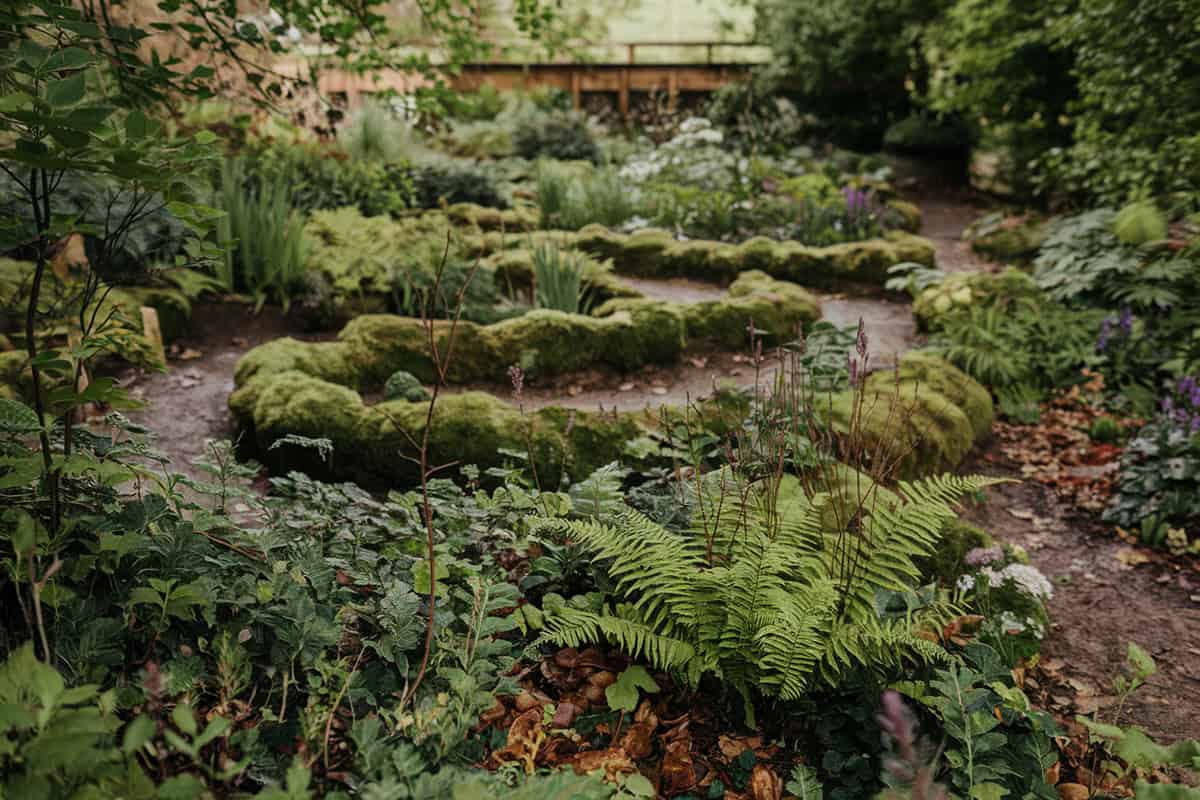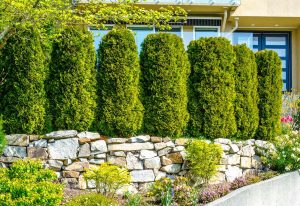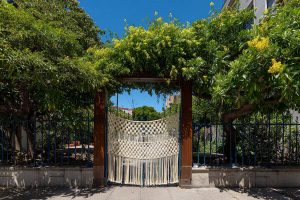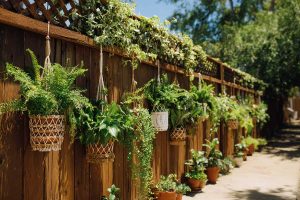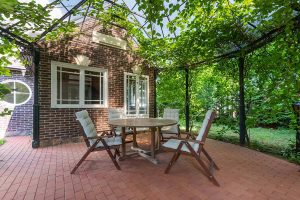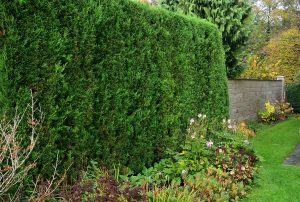Want to create a peaceful garden that feels like stepping into the woods? A woodland garden offers shade-loving plants, rustic elements, and a touch of magic that brings your outdoor space to life. Explore these 20 creative ideas to turn your yard into a captivating woodland sanctuary.
Table of Contents
- What Is A Woodland Garden?
- How To Design A Woodland Garden
- Plants For A Woodland Garden
- Woodland Garden Ideas
- Native Woodland Plants
- Shade-Loving Perennials
- Meandering Paths
- Ferns In Focus
- Layered Planting
- Small Water Feature
- Rustic Log Or Stone Seating
- Fallen Logs As Borders
- Mossy Ground Cover
- Woodland Lighting
- Birdhouses And Feeders
- Decorative Tree Stumps
- Spring-Flowering Bulbs
- Wildflower Meadow
- Rustic Arch Or Trellis
- Driftwood Sculptures
- Edible Woodland Plants
- Mulch Paths
- Native Wildlife
- Wind Chimes Or Ornaments
What Is A Woodland Garden?
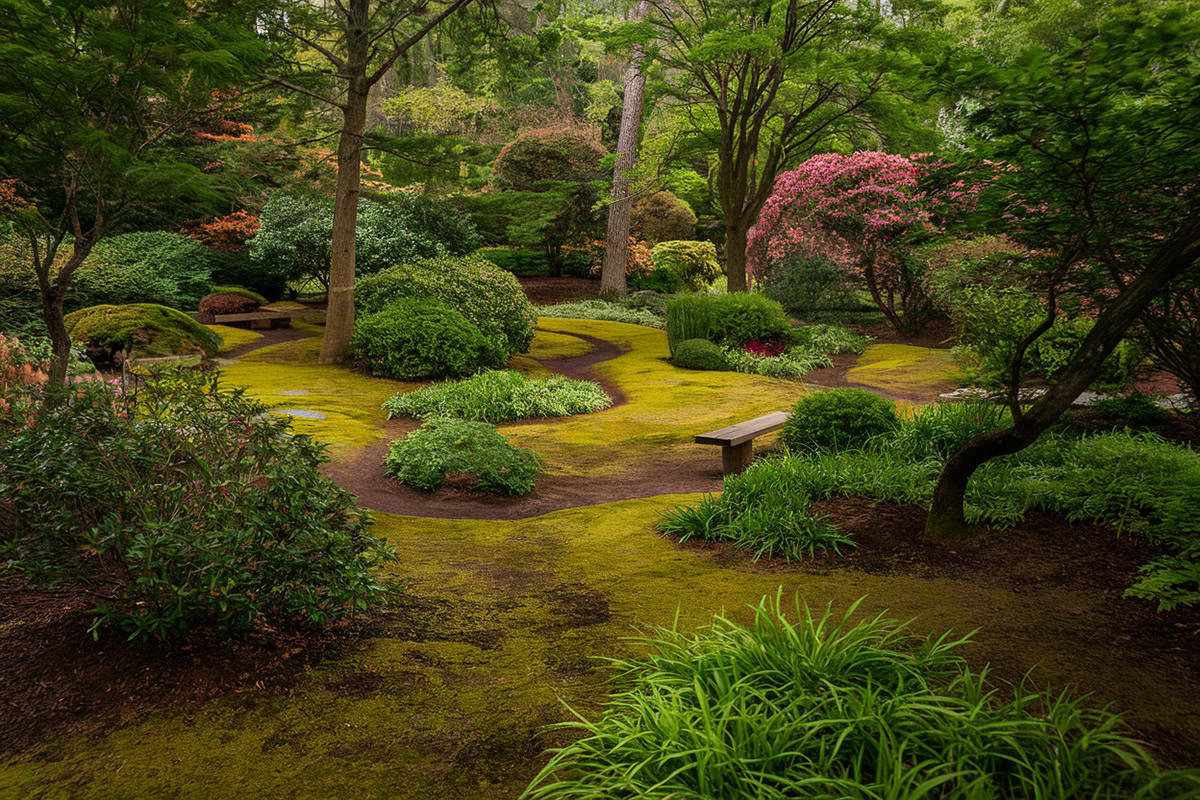
A woodland garden is a tranquil, nature-inspired space designed to resemble a forest environment. It features a variety of trees, shrubs, perennials, and wildflowers that thrive under the shade.
In your woodland garden, you can find rich, moist soil that is ideal for diverse plant life.
Typically, these gardens incorporate native plants to enhance the ecosystem and provide habitat for wildlife.
Consider incorporating elements like fallen logs and leaf mulch to mimic a natural forest floor.
These elements enrich the soil and maintain moisture levels, creating an ideal environment for growth.
Key Features:
- Shaded Areas: Use tall trees for a canopy.
- Diverse Plantings: Include ferns, hostas, and wildflowers.
- Natural Aesthetic: Incorporate rocks, paths, or water features.
Plants in woodland gardens often form layers. Tall trees provide the upper layer, while mid-level shrubs and ground-cover plants fill in below.
This layering creates depth and visual interest.
Choose plant species adapted to low-light conditions.
Plants like ferns, bluebells, and trilliums are excellent choices, thriving in shaded environments and complementing taller trees and shrubs.
Maintaining your woodland garden requires minimal effort.
Focus on preserving the natural look by mulching and occasional pruning. Allow leaves to decompose, enriching the soil naturally.
To successfully manage a woodland garden, embrace its evolving nature. Over time, plants grow and resettle, creating a dynamic yet serene space.
How To Design A Woodland Garden
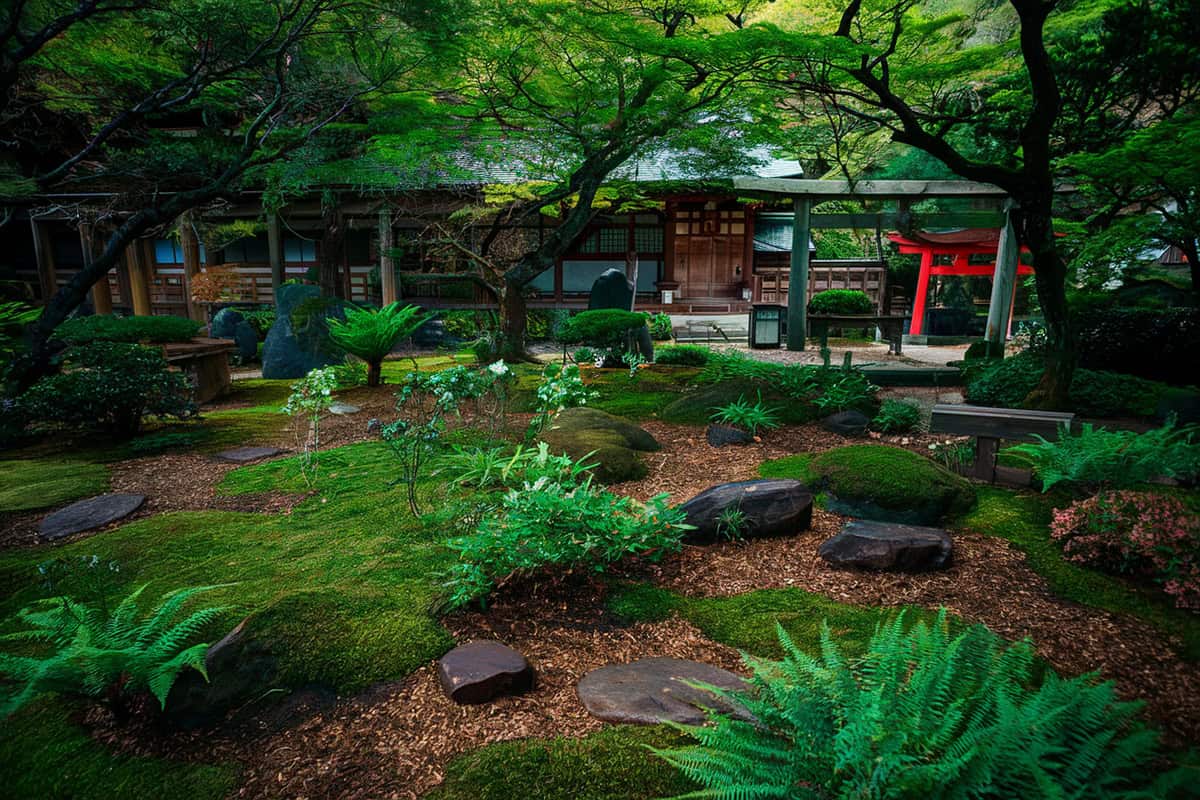
To design a woodland garden, start by selecting a suitable location. You need a shaded area, preferably under mature trees or along north-facing slopes. Ensure the soil remains moist and has good organic content.
Choose native plants that thrive in your region.
For example, in Illinois, consider options like the smooth blue aster. These plants are well-suited for the local climate and support local wildlife.
Preparing the ground is essential. Remove unwanted vegetation such as poison ivy and saplings. Create clear paths using materials like stepping stones or gravel to enhance accessibility.
Insert small transplants with care.
Make sure to work them around existing tree roots. This approach reduces stress on the plants and allows them to establish themselves.
Maintain soil health by adding organic matter yearly.
Consider using leaf mulch or composted wood chips. This not only enriches the soil but also retains moisture.
Incorporate elements like groundcovers and mosses. They create a lush carpet under taller plants, adding texture and depth to your design.
A well-balanced design considers plant height, color, and seasonal interest.
Vary plant sizes to create layers, and choose species with different blooming times for year-round beauty.
Regular upkeep ensures a thriving garden. Prune when necessary and watch for invasive species.
Plants For A Woodland Garden
Creating a woodland garden involves selecting plants that thrive in shaded settings. Many native woodland plants offer beauty and sustainability. They can help you create a lush and vibrant garden.
Tree Choices: Consider oaks, maples, and beeches. They provide the canopy. Their shade supports the growth of understory plants. Learn more about these trees in a woodland environment.
Shrub Options: Opt for native shrubs like spicebush and witch hazel. These add layers of interest. Their blooms attract pollinators, enhancing biodiversity.
Wildflowers: Wildflowers such as bloodroot and trillium are excellent choices. They bring seasonal color. Their natural habitats often mimic a deciduous forest floor, making them well-suited for shaded gardens.
Groundcover Plants: Groundcovers like ferns and hostas help fill gaps. They suppress weeds and protect soil. They thrive in soil rich in organic matter. Use leaf mulch to improve soil fertility. Learn more about improving soil with leaf mulch here.
Maintenance Tips: Regular mulching maintains moisture levels. This is crucial for woodland plants. These practices ensure a healthy woodland garden. Explore additional maintenance strategies by reading more on native wildflowers.
With thoughtful plant selection, your woodland garden will thrive. The right mix of trees, shrubs, and flowers can transform any shaded space into a lush haven.
Woodland Garden Ideas
In a woodland garden, you embrace the natural beauty and tranquility of a forest setting. This garden style thrives on layering plants, incorporating natural elements, and attracting native wildlife to create a harmonious space.
Native Woodland Plants
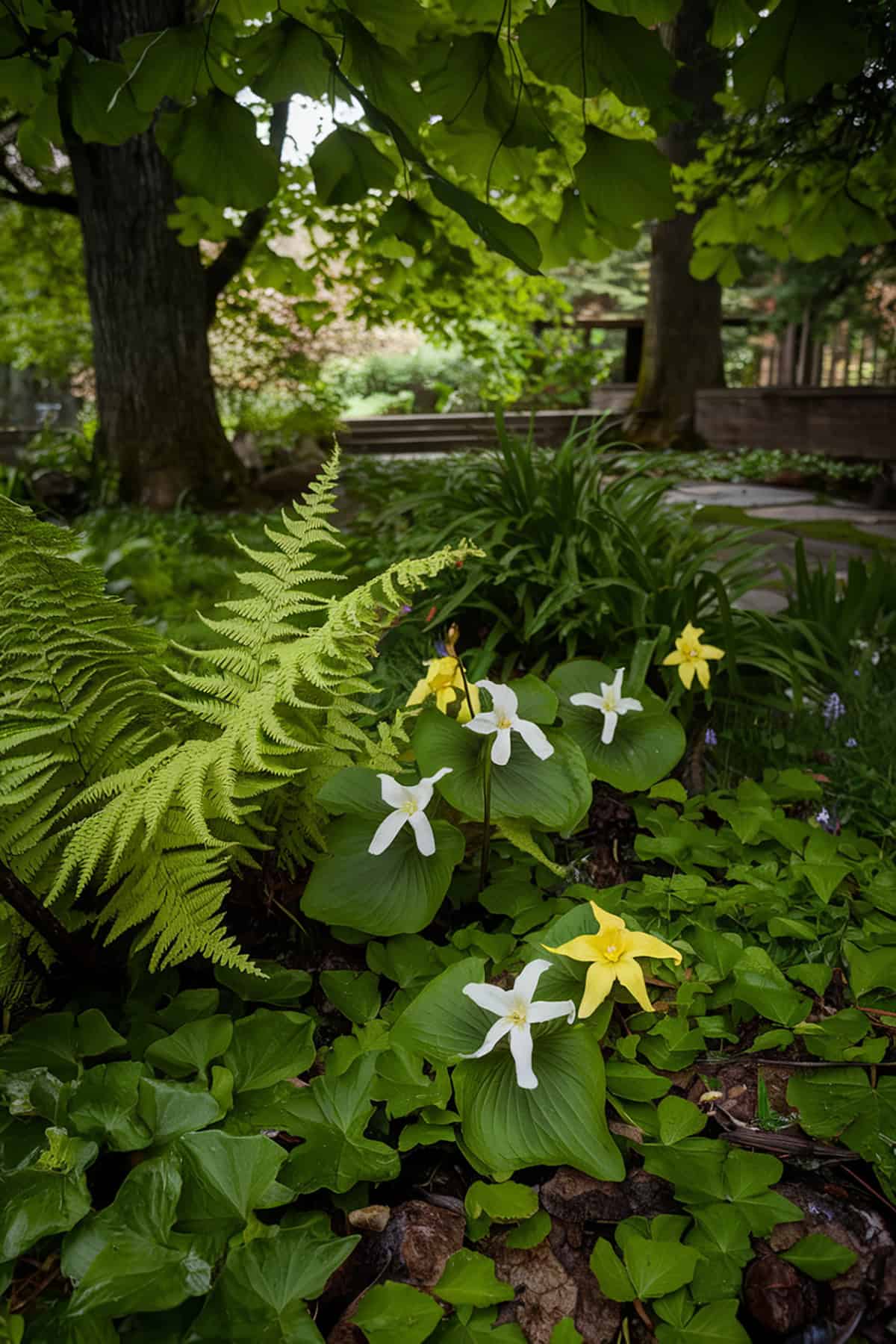
Selecting native woodland plants ensures the garden ecosystem thrives. These plants are adapted to local soil and climate conditions.
Popular choices include ferns, trilliums, and bloodroot. They provide a natural, cohesive look while supporting local wildlife.
For best results, mimic the natural light levels and soil conditions found in local woodlands.
Shade-Loving Perennials
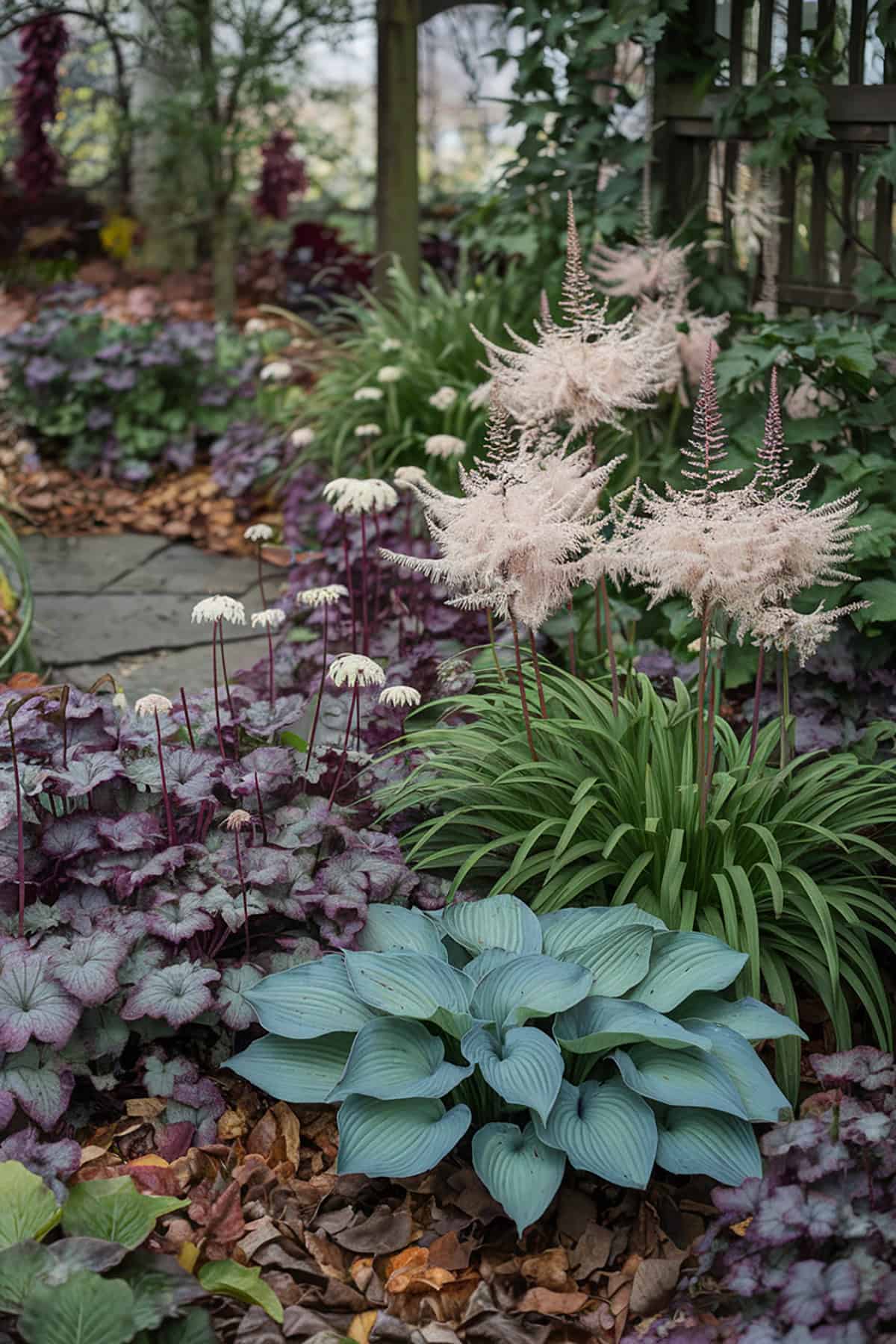
Shade-loving perennials like hostas, astilbes, and heucheras thrive in low-light conditions typical of woodland gardens.
They add color and texture throughout the growing season. Varieties with differing foliage and bloom times create visual interest.
They require minimal maintenance once established, making them ideal for busy gardeners. Ensure they get adequate moisture as shade can lead to drier conditions under tree canopies.
Meandering Paths
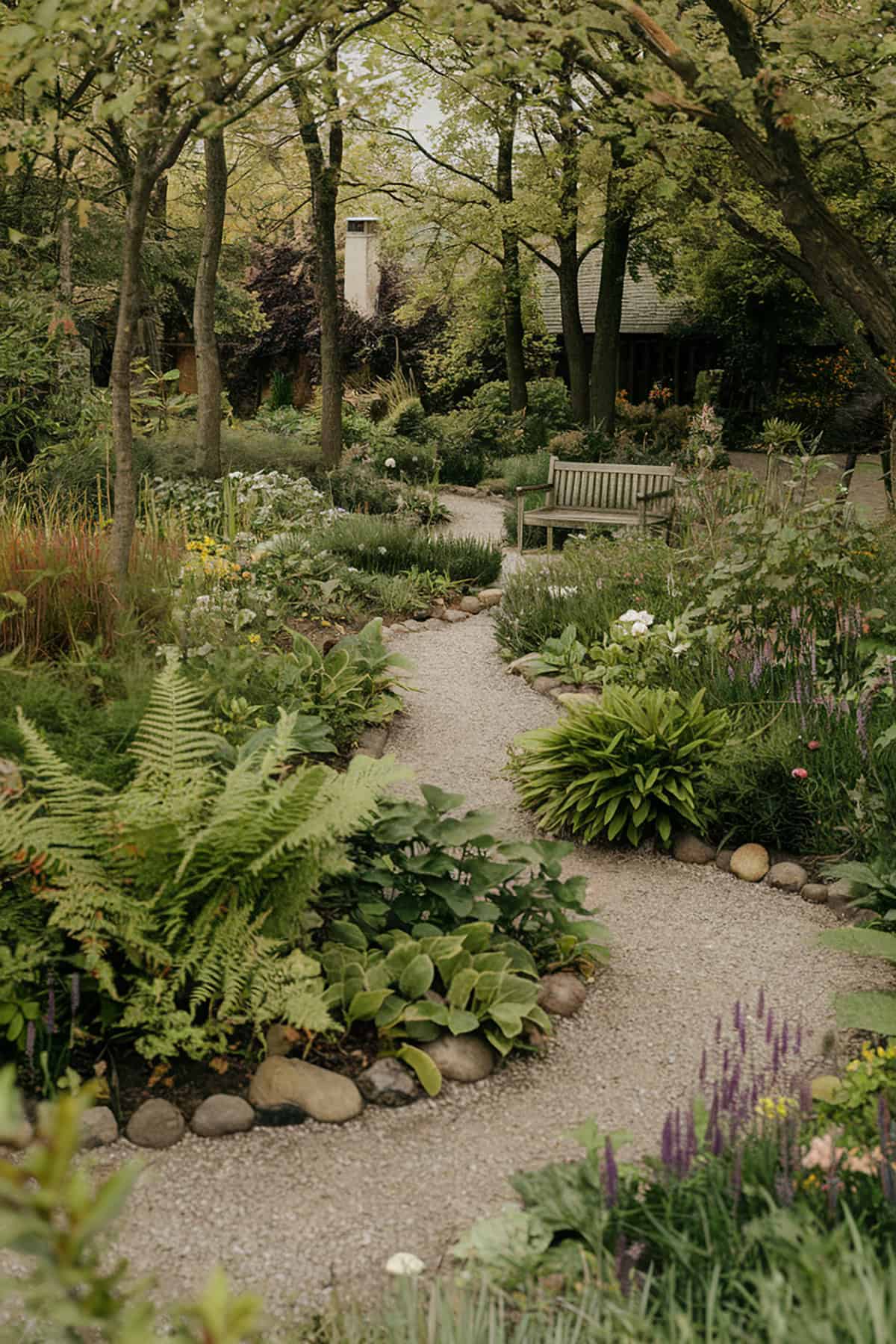
Paths create structure while enhancing the garden’s natural beauty. A meandering path invites exploration and discovery.
Use natural materials like wood chips or gravel to enhance the woodland feel.
The paths should gently curve, guiding visitors through different garden areas. These paths not only are practical for walking but also help define plant beds and wooded groves.
Ferns In Focus
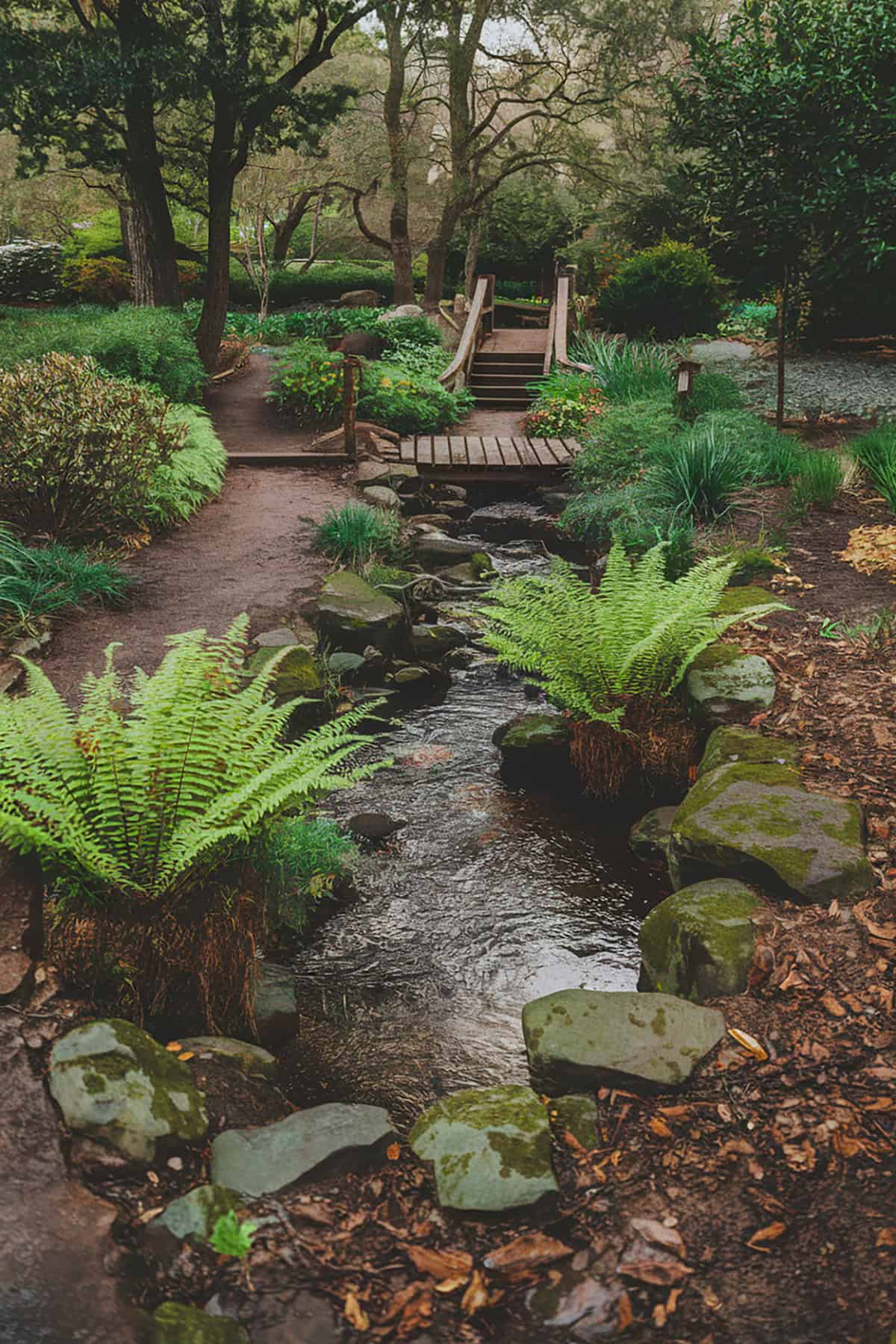
Ferns are a quintessential component of any woodland garden. Their diverse shapes and sizes add texture and elegance.
Choose from varieties such as the maidenhair, Christmas fern, or wood fern. They thrive in shady, moist conditions and are relatively low maintenance.
Group ferns together in clusters for maximum visual impact. Their lush, green fronds create a sense of peace and serenity.
Layered Planting
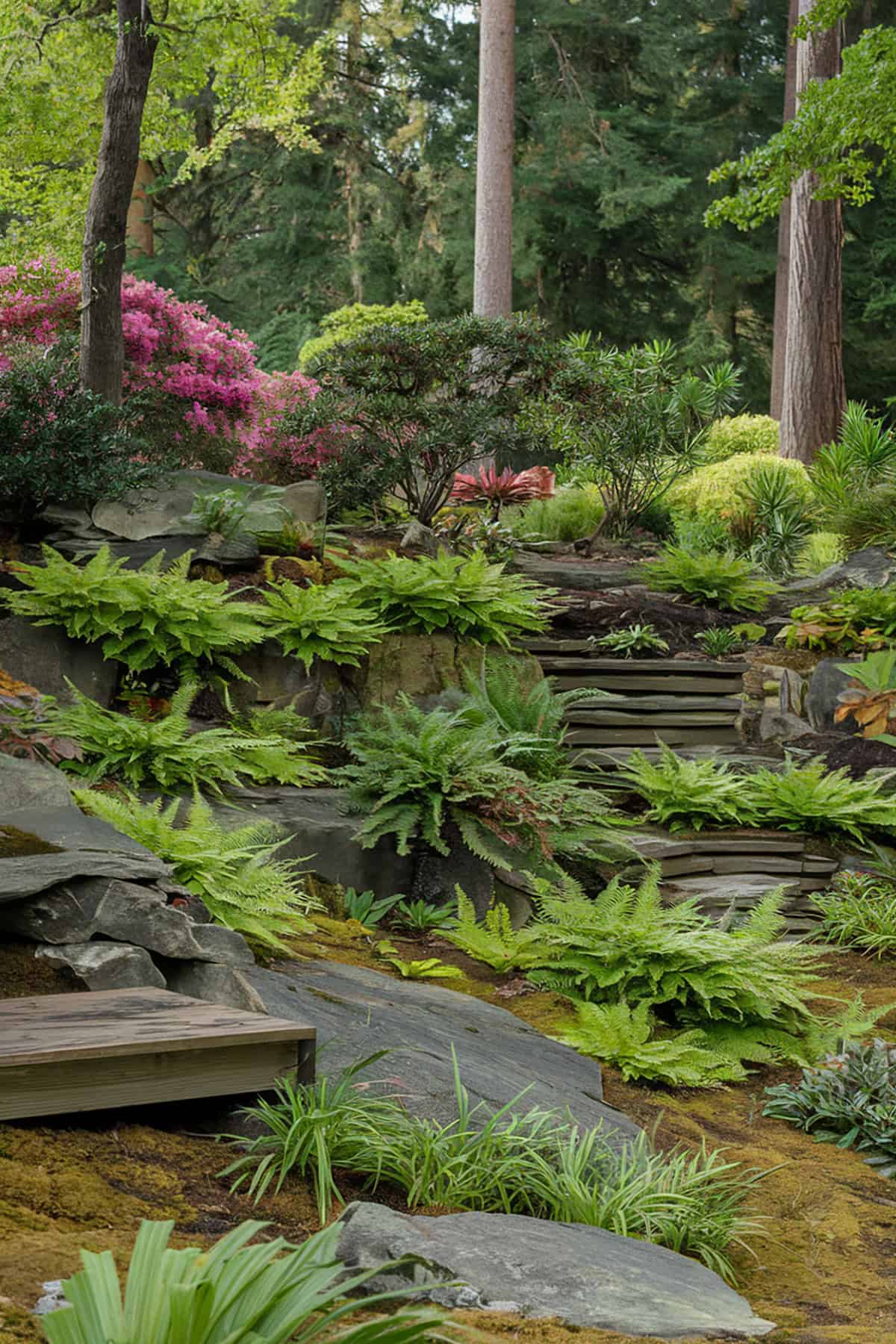
Layering plants mimics natural forest growth patterns. Include trees, shrubs, and groundcovers at different heights.
This approach maximizes biodiversity and utility of space. Begin with tall canopy trees, followed by mid-level shrubs like azaleas. Finish with low-growing plants and mosses.
Layered planting creates habitats for various wildlife and ensures year-round visual interest.
Small Water Feature
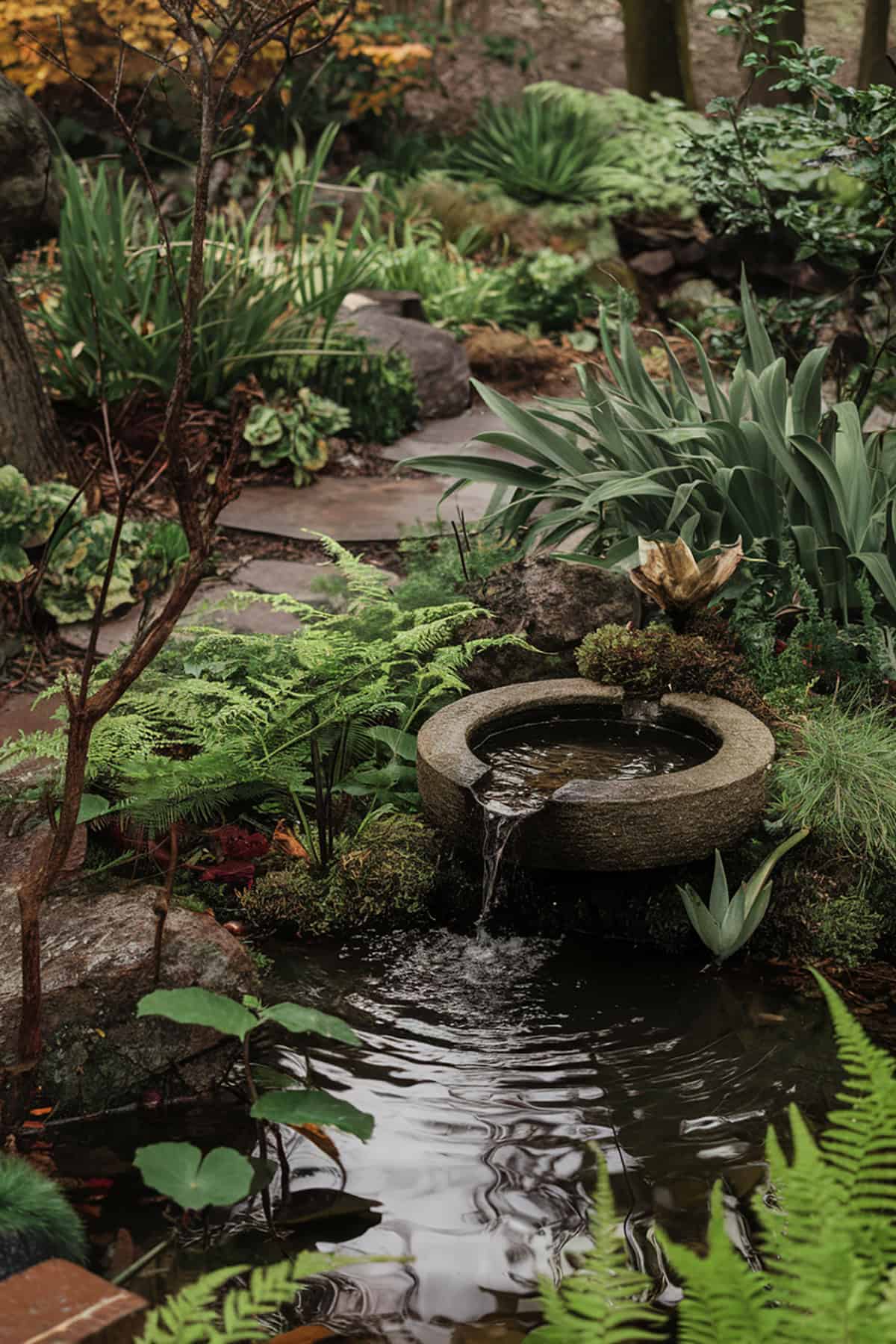
A small water feature can elevate your woodland garden’s atmosphere. A babbling brook or tiny pond adds sound and reflection, enhancing sensory enjoyment.
Water features attract wildlife, such as birds and frogs. Ensure the water feature fits naturally, using rocks or natural borders.
Balance is crucial to ensure it doesn’t overwhelm the garden’s simplicity and natural charm.
Rustic Log Or Stone Seating
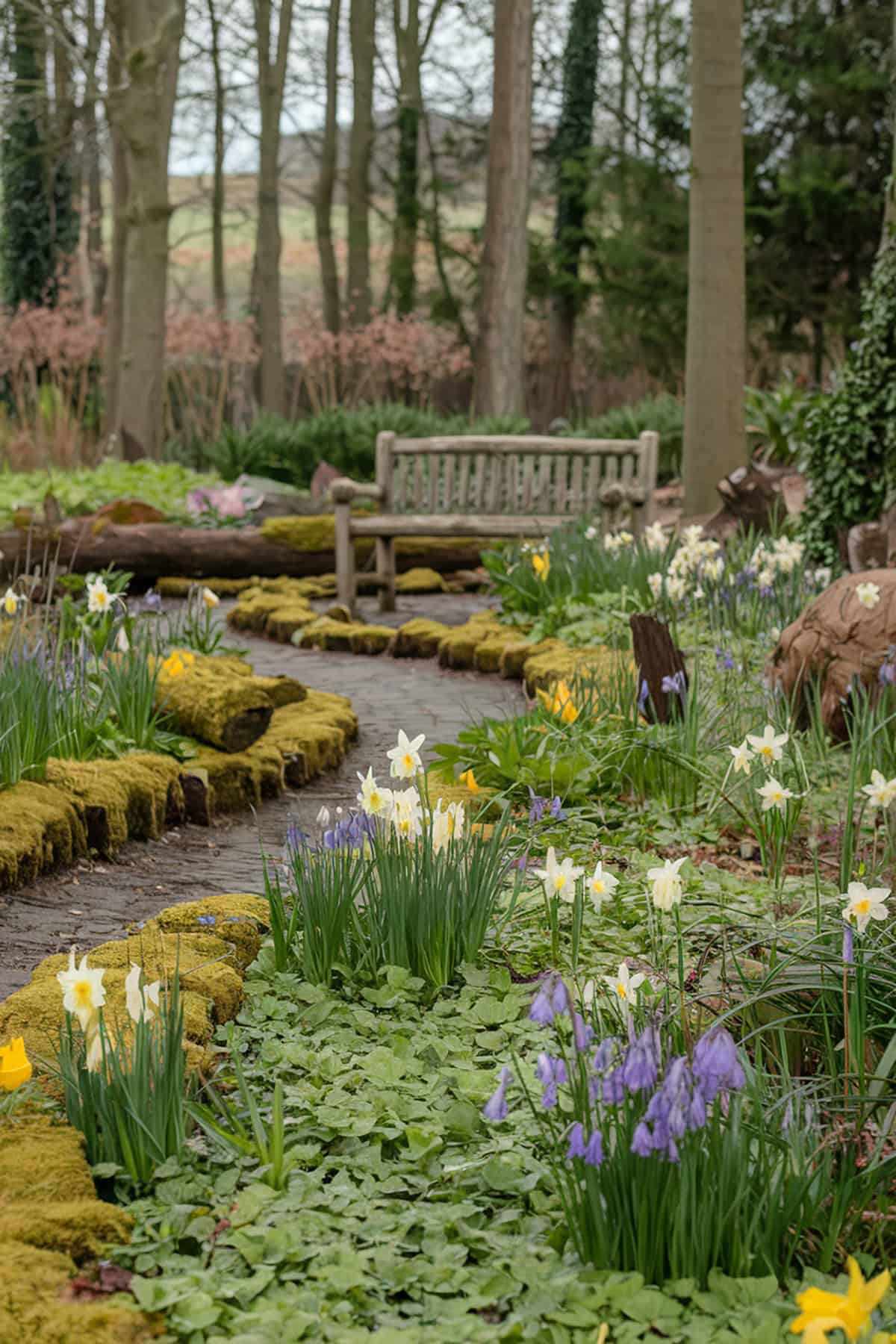
Natural seating areas invite rest and reflection. Use rustic log benches or stone slabs to blend with the environment.
Position seating to offer the best views. They can also serve as functional elements, adding style without detracting from the garden’s natural aesthetic.
Ensure stability and comfort by leveling the ground beneath these structures.
Fallen Logs As Borders
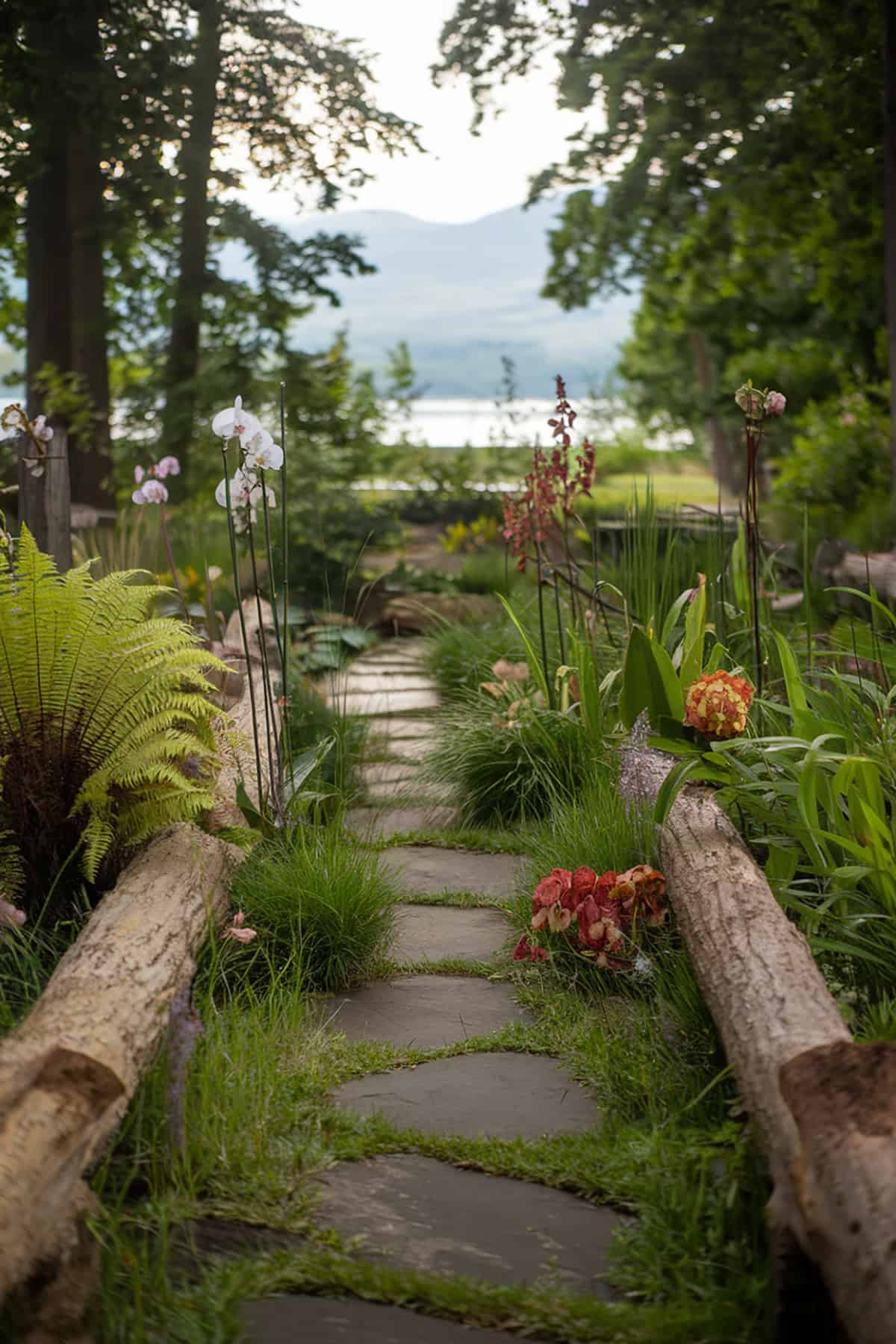
Use fallen logs to delineate garden spaces. This method recycles natural materials and reinforces the woodland aesthetic.
Logs create clear boundaries for paths or plant beds. Over time, they decompose, enriching the soil.
Arrange them naturally to mimic their forest occurrence. This approach also provides habitats for insects and small critters, enhancing biodiversity.
Mossy Ground Cover
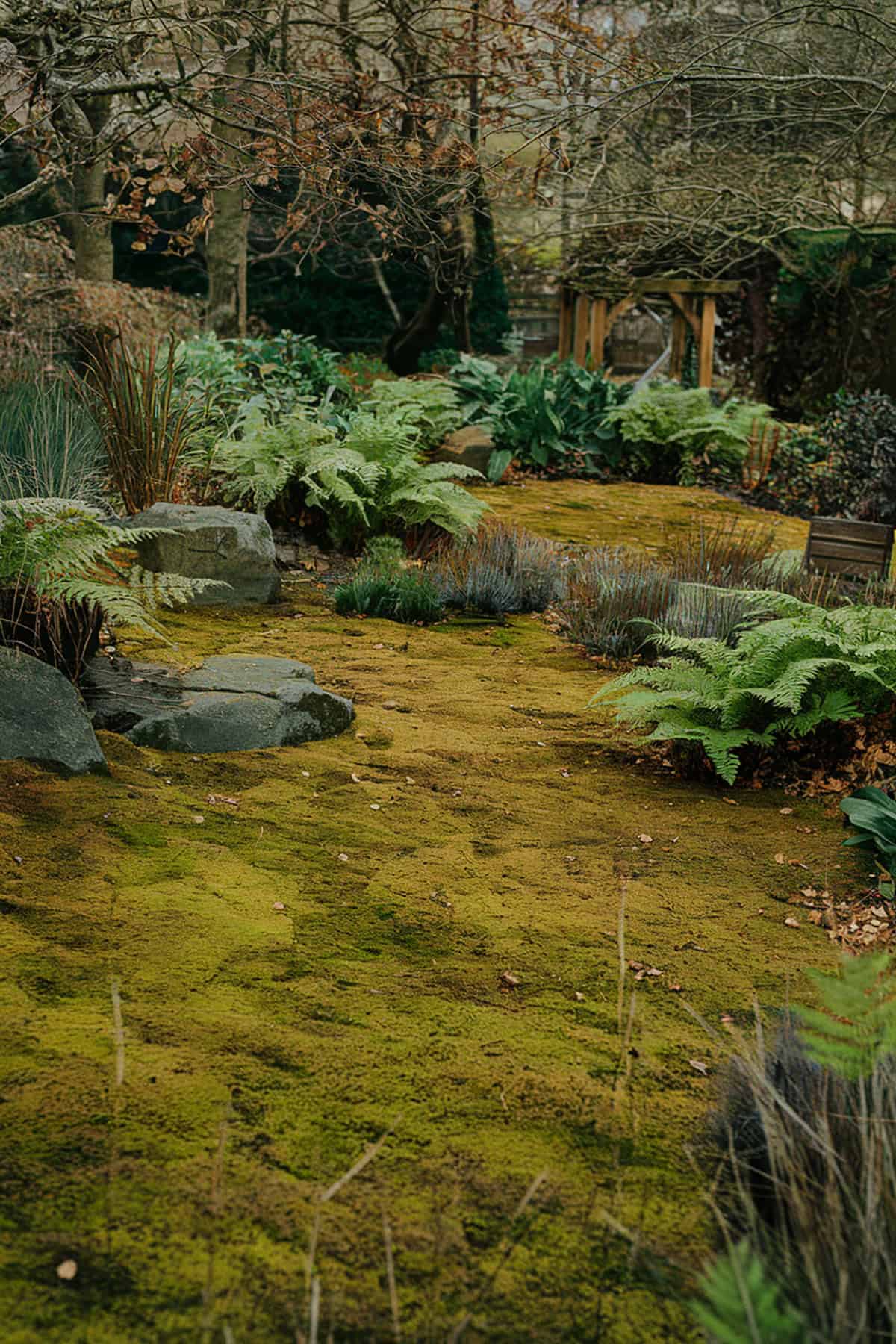
Moss offers a lush, green ground cover, perfect for shaded areas. It requires minimal maintenance and no mowing.
Choose species like sheet moss or haircap moss for easy establishment.
Moss absorbs water, preventing erosion. It fills spaces around stones and logs with vibrant color.
It also adds a soft, velvety texture underfoot, enhancing the sensory experience.
Woodland Lighting
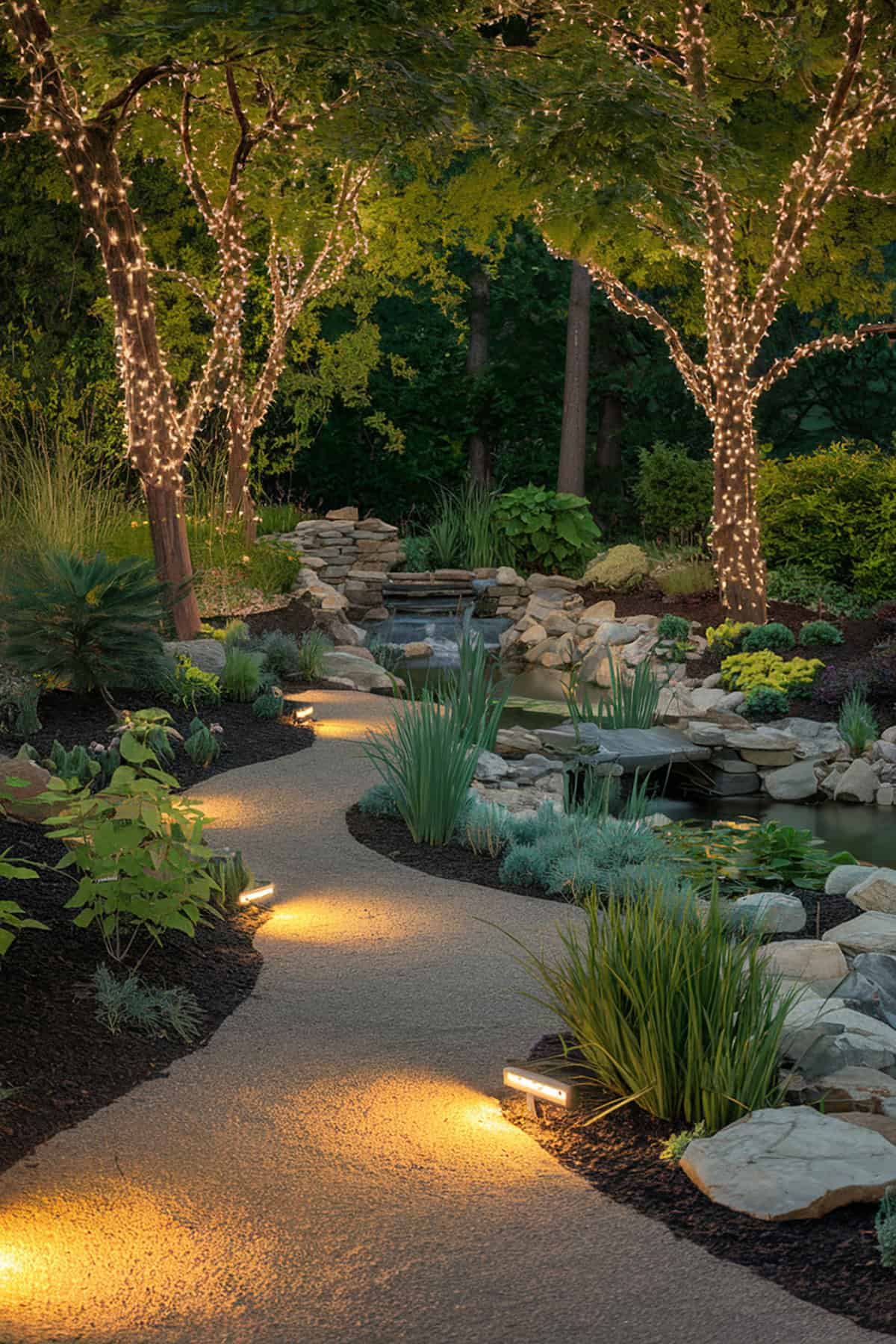
Strategically placed lighting brings magic to your woodland garden at night. Use low-voltage or solar-powered lights to minimize impact.
Accent trees, pathways, and water features with subtle illumination. Lanterns or fairy lights add whimsy and warmth.
Ensure lighting is soft and diffused to maintain the garden’s serene atmosphere. Avoid harsh lights that disrupt wildlife or night viewing.
Birdhouses And Feeders
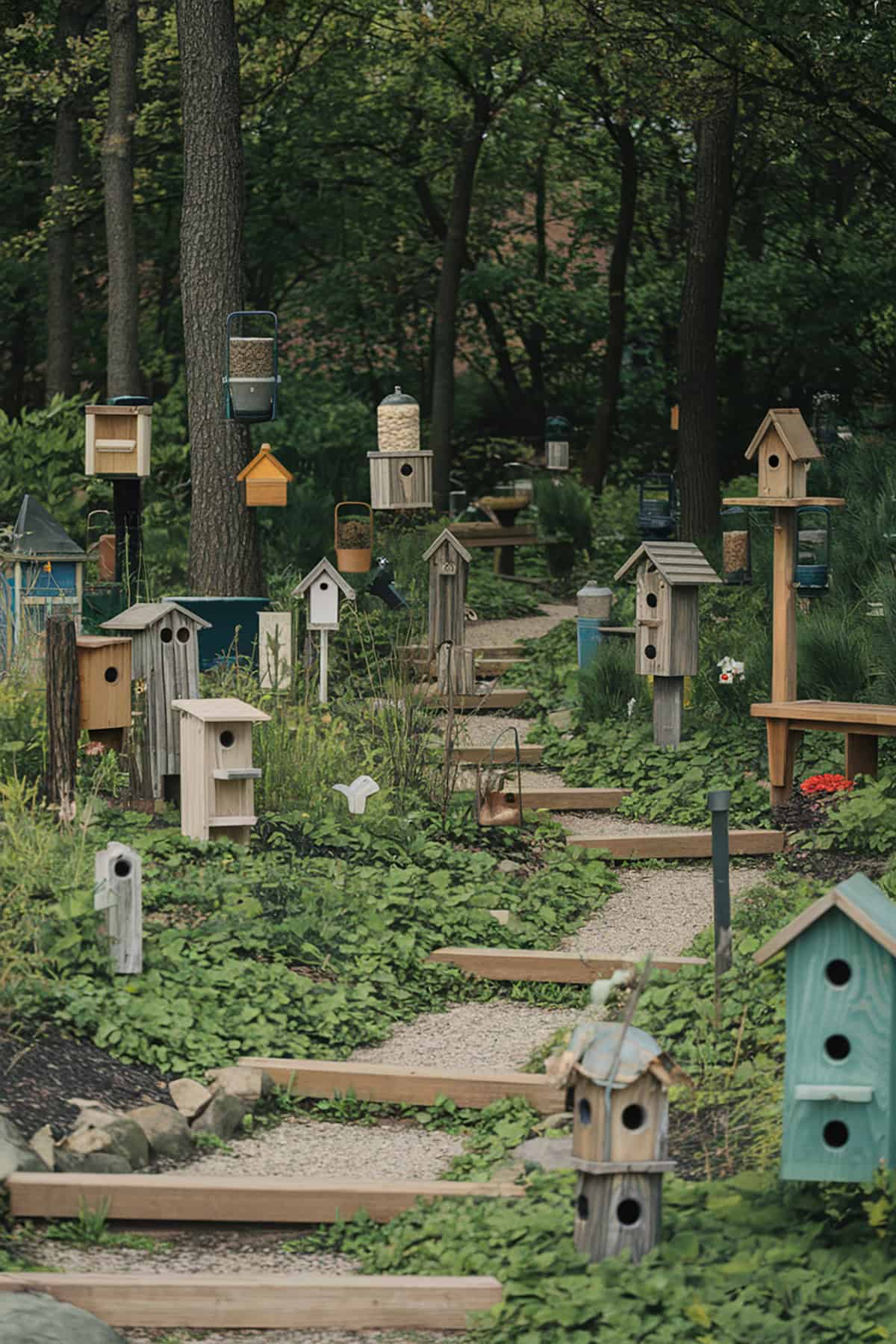
Birdhouses and feeders attract avian visitors, enriching the garden with movement and sound.
Select styles that complement the natural setting. Place them where birds can safely perch and feel secure.
Use a variety of seeds and suet to attract diverse species. Regular cleaning and maintenance ensure healthy environments for birds.
They also provide entertainment as you enjoy your garden.
Decorative Tree Stumps
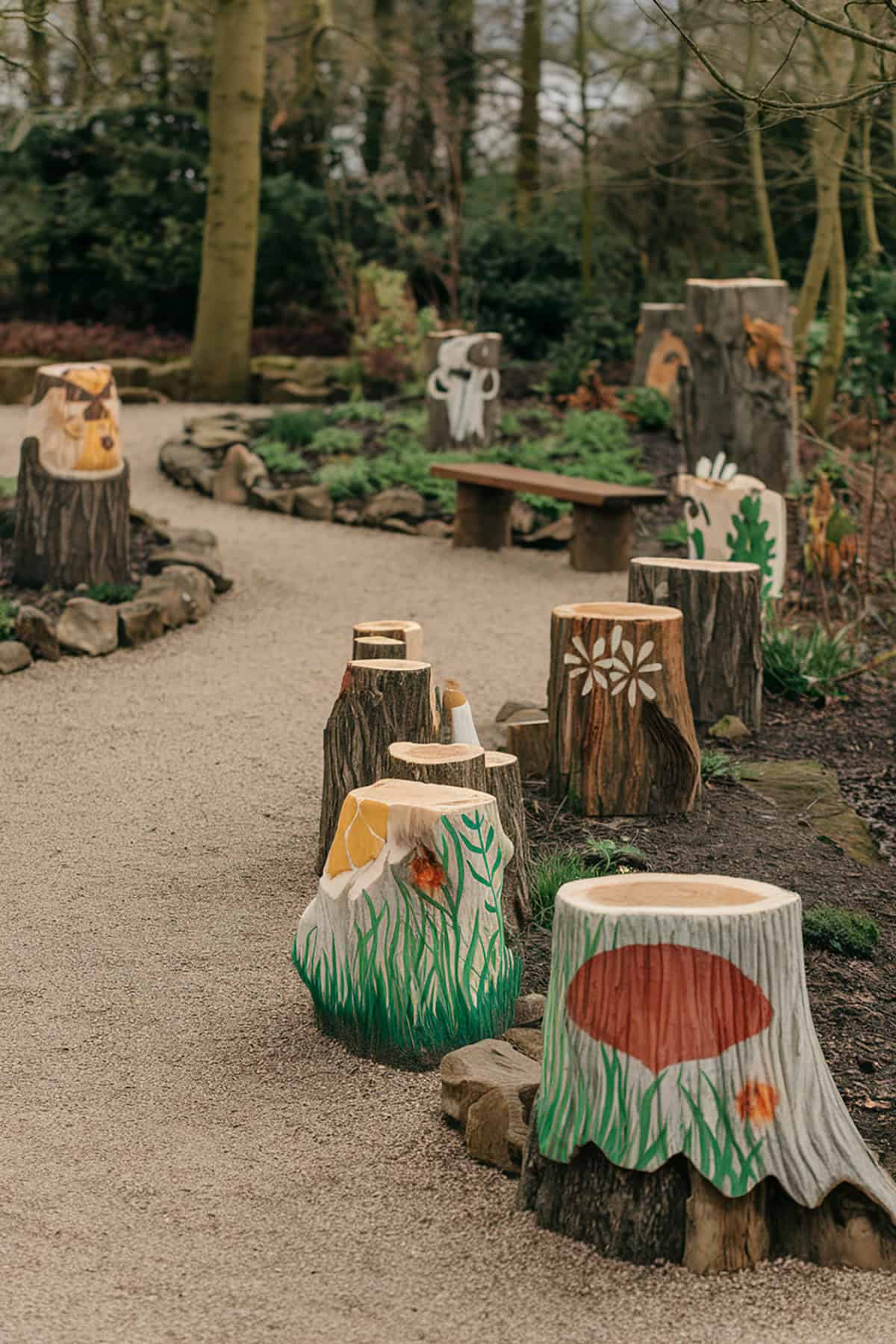
Transform tree stumps into garden features. Carve, paint, or top with plants for creative accents.
They serve as natural seating, pedestals, or focal points. Decorate with native moss or fungi for added texture.
Tree stumps embody the woodland ethos, blending form and function. They also become part of the garden’s nutrient cycle as they decompose.
Spring-Flowering Bulbs
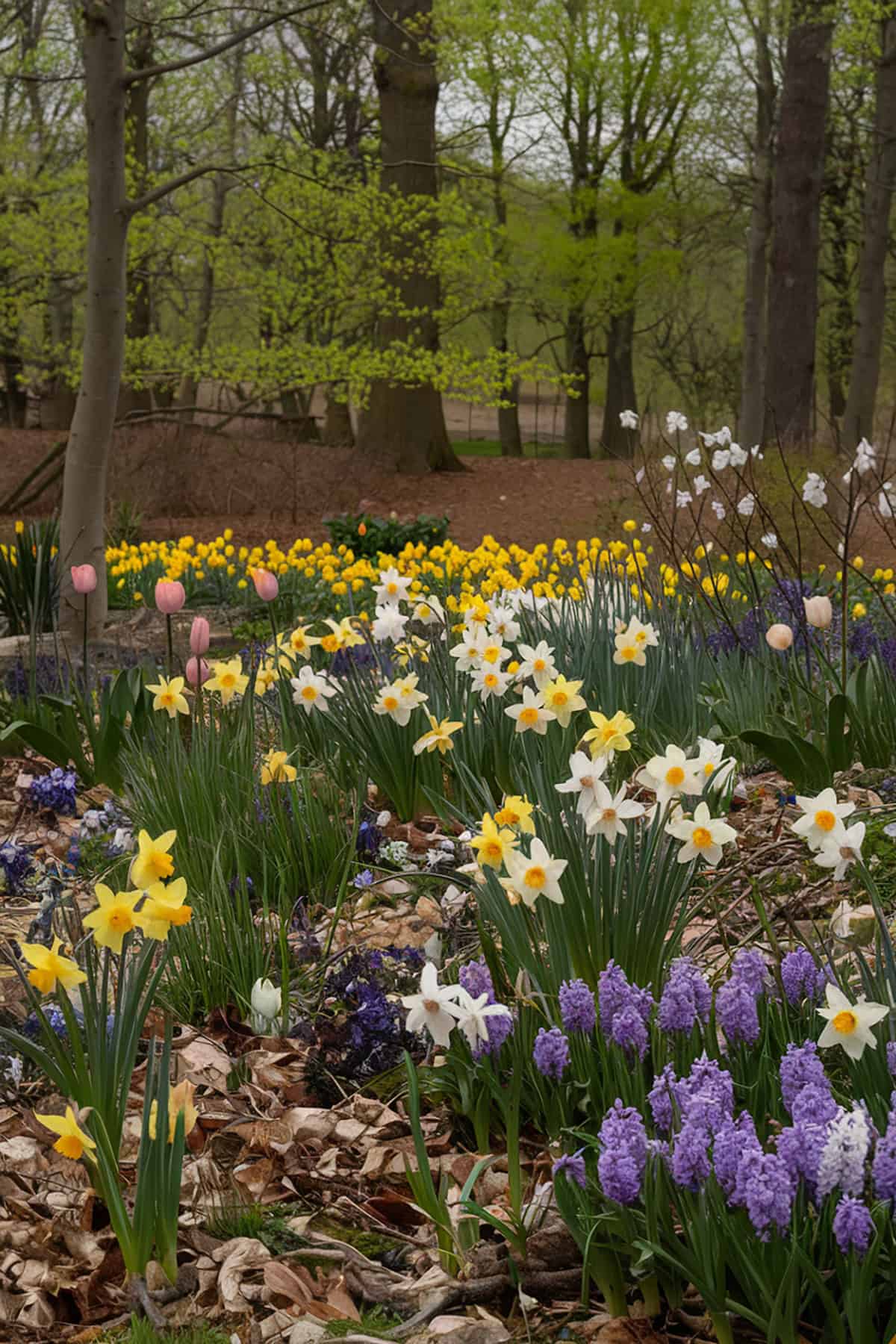
Spring bulbs like bluebells, daffodils, and wood anemones bring early color to woodland gardens.
Plant them in the fall for spring awakening. They thrive under deciduous trees, which allow sunlight to reach the ground before leaf-out.
Once established, they require little care, delighting each spring with their blooms. They symbolically signal a new growing season.
Wildflower Meadow
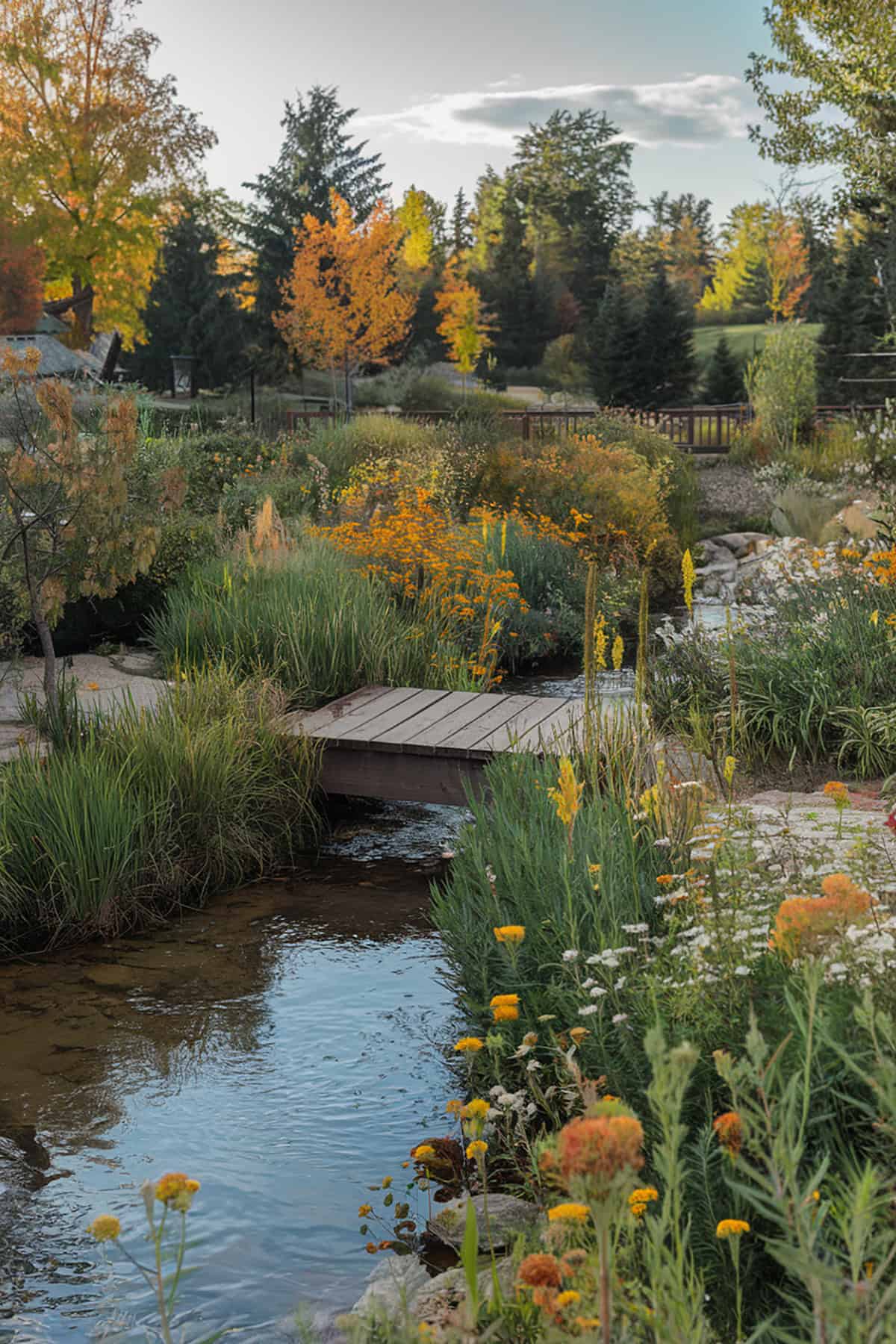
Incorporate a wildflower meadow for diversity and color. Choose native species adapted to your regional climate.
They provide food and habitat for pollinators like bees and butterflies.
Wildflower meadows require limited maintenance after establishment, thrifty to grow.
Lightly mow or weed to prevent encroaching species. This meadow complements the woodland setting with vibrant seasonal blooms.
Rustic Arch Or Trellis
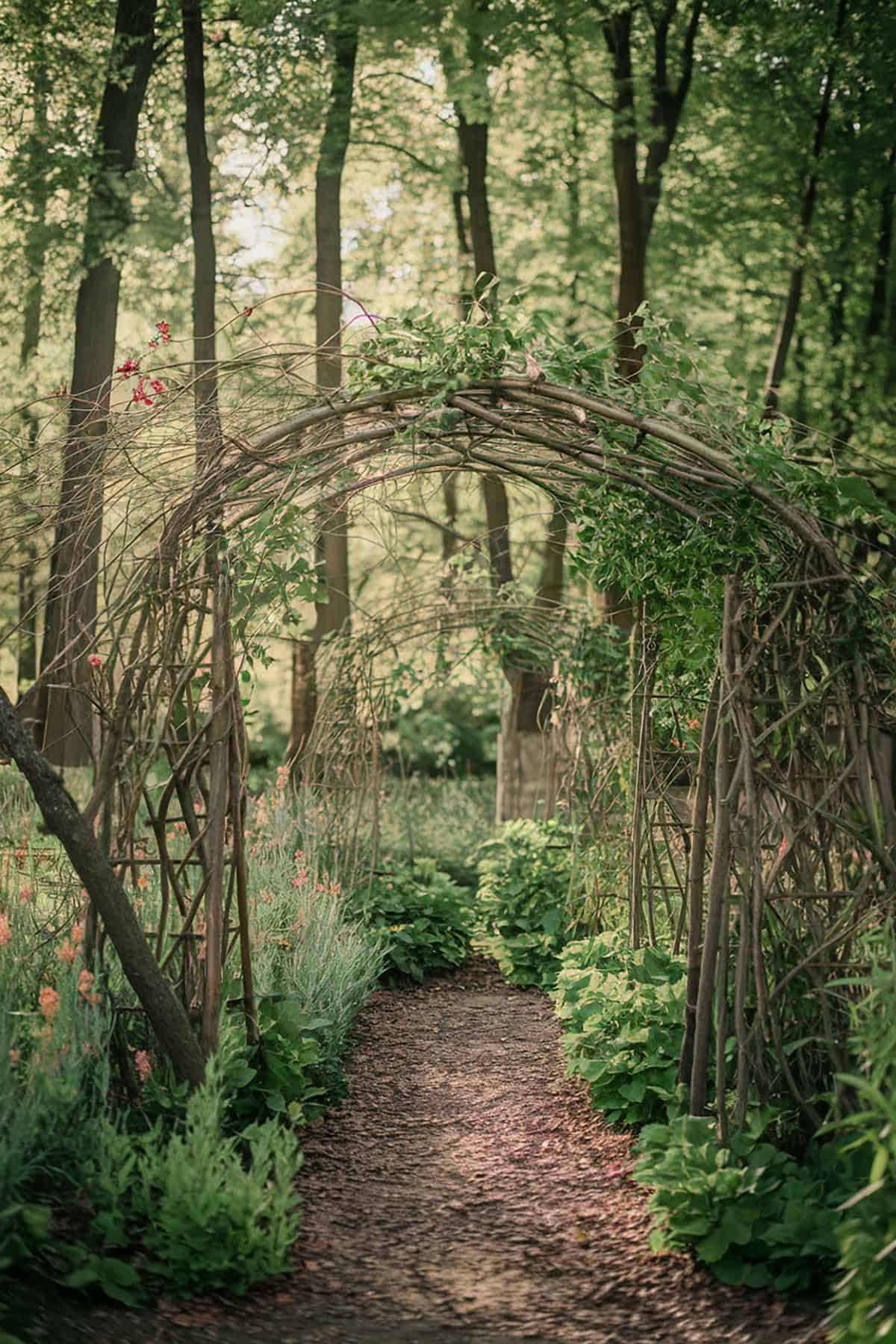
A rustic arch or trellis frames vistas and provides climbing support. Use natural materials like untreated wood or branches.
Position it at garden entrances or along paths. Growing vines like clematis or honeysuckle adds color and fragrance.
It elevates your garden design, adding elegance and structure while harmonizing with its woodland surroundings.
Driftwood Sculptures
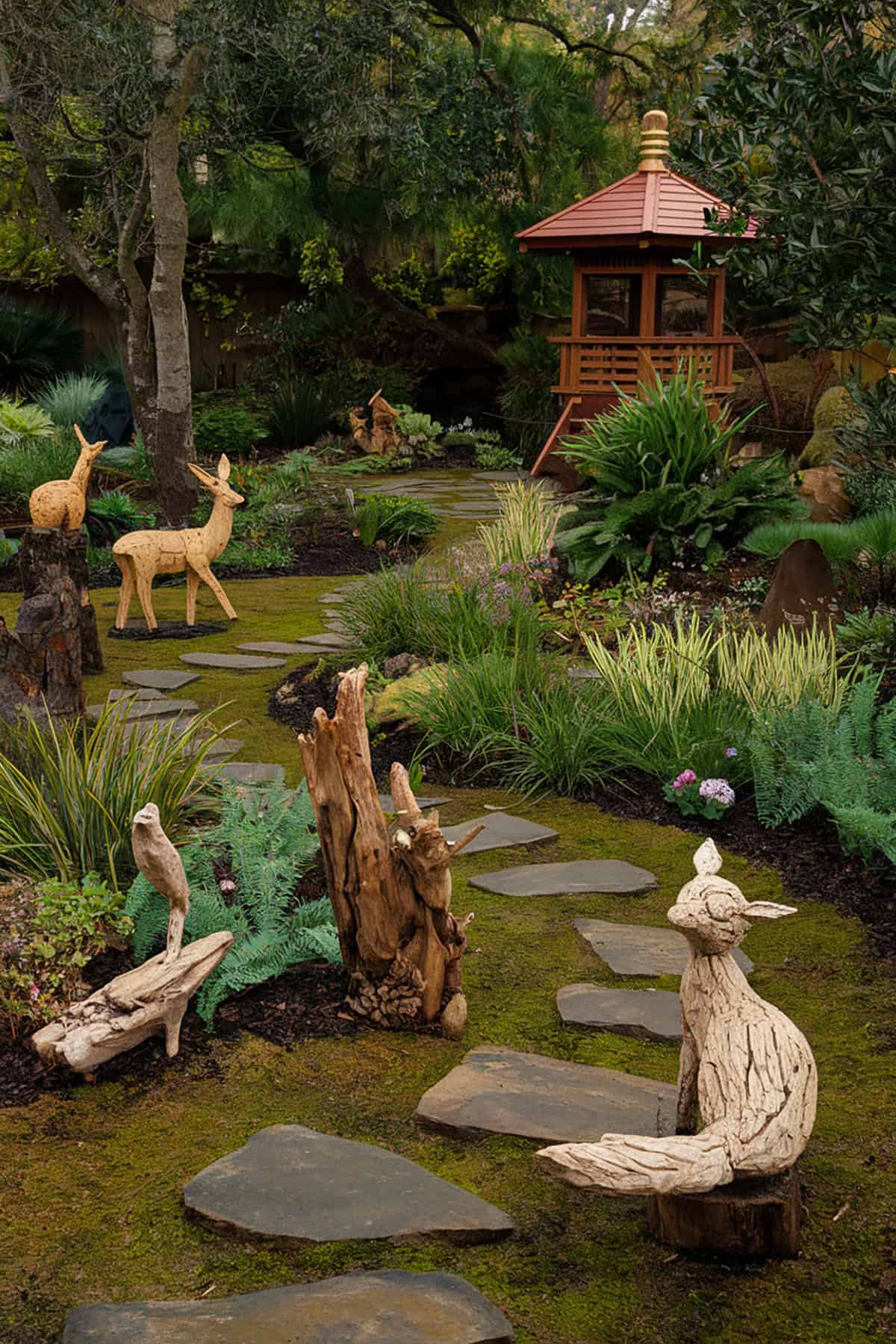
Driftwood sculptures infuse unique character and artistry. Select interesting shapes to position as focal points.
Combine with stones or plantings to enhance natural appeal. Driftwood weathers beautifully and requires no maintenance.
These sculptures highlight your creativity while maintaining the garden’s serene tone. They integrate flawlessly with other elements, adding beauty without excess.
Edible Woodland Plants
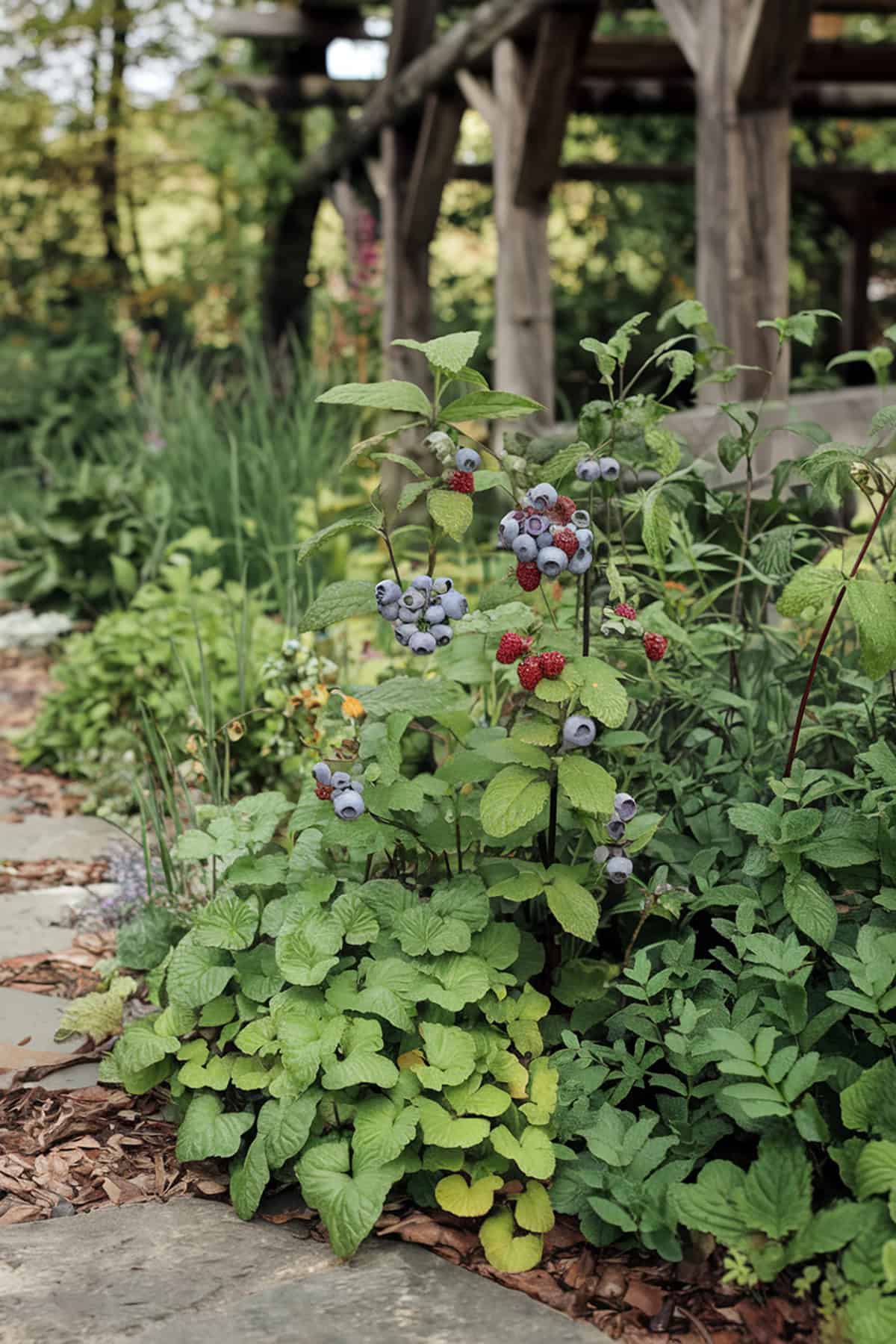
Edible plants complement your woodland garden’s natural feel. Add berries like native blueberries or raspberries.
Consider shade-tolerant herbs like mint and sorrel. These plants provide food while integrating with the environment.
Select varieties sympathetic to your climate for ease of care. They offer a rewarding harvest, adding utility to the garden’s beauty.
Mulch Paths
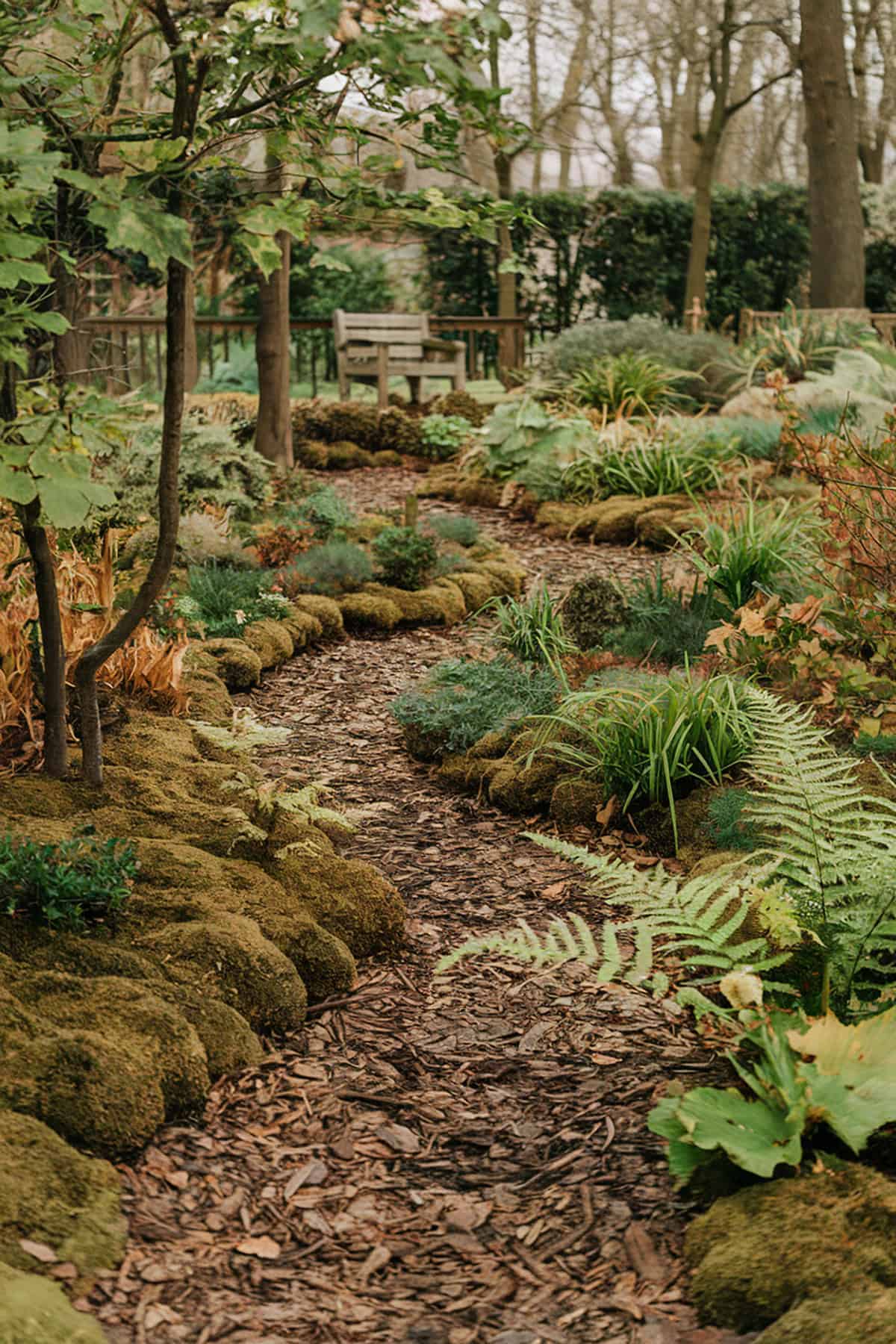
Mulch paths are practical and attractive. Use organic materials like bark or wood chips.
These paths suppress weeds and conserve moisture, improving soil health. Paint engaging trails through your garden, guiding exploration.
They require periodic top-ups but offer a natural, cost-effective option. Their texture and color blend well with woodland flora.
Native Wildlife
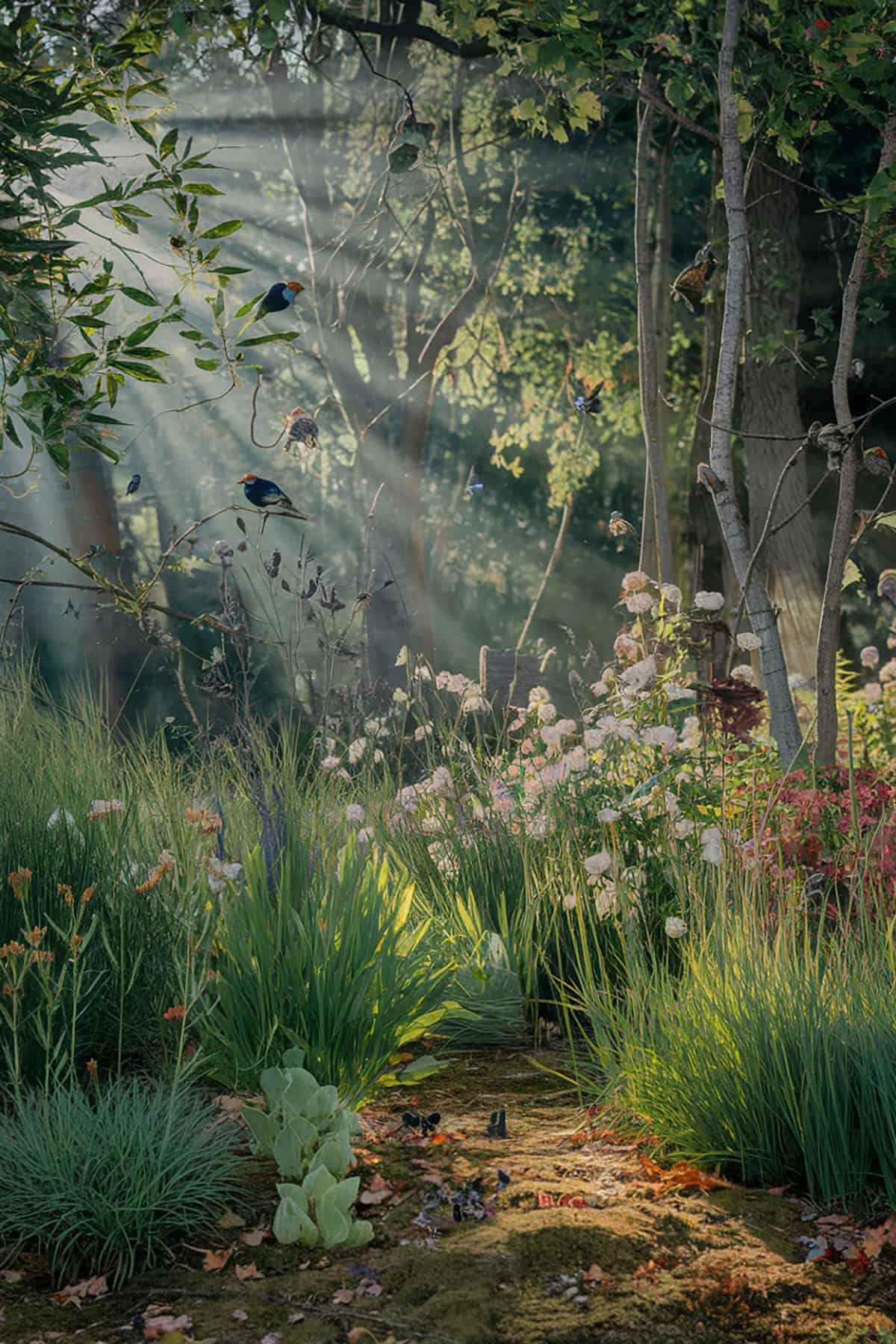
Attracting native wildlife enlivens this garden style. Provide habitats and food for birds, insects, and small mammals.
Include dense, layered plantings for shelter. Maintain undisturbed zones for nesting and foraging.
Providing fresh water and natural food sources like seeds enhances appeal. Your garden becomes an oasis supporting regional biodiversity and the ecosystem’s health.
Wind Chimes Or Ornaments
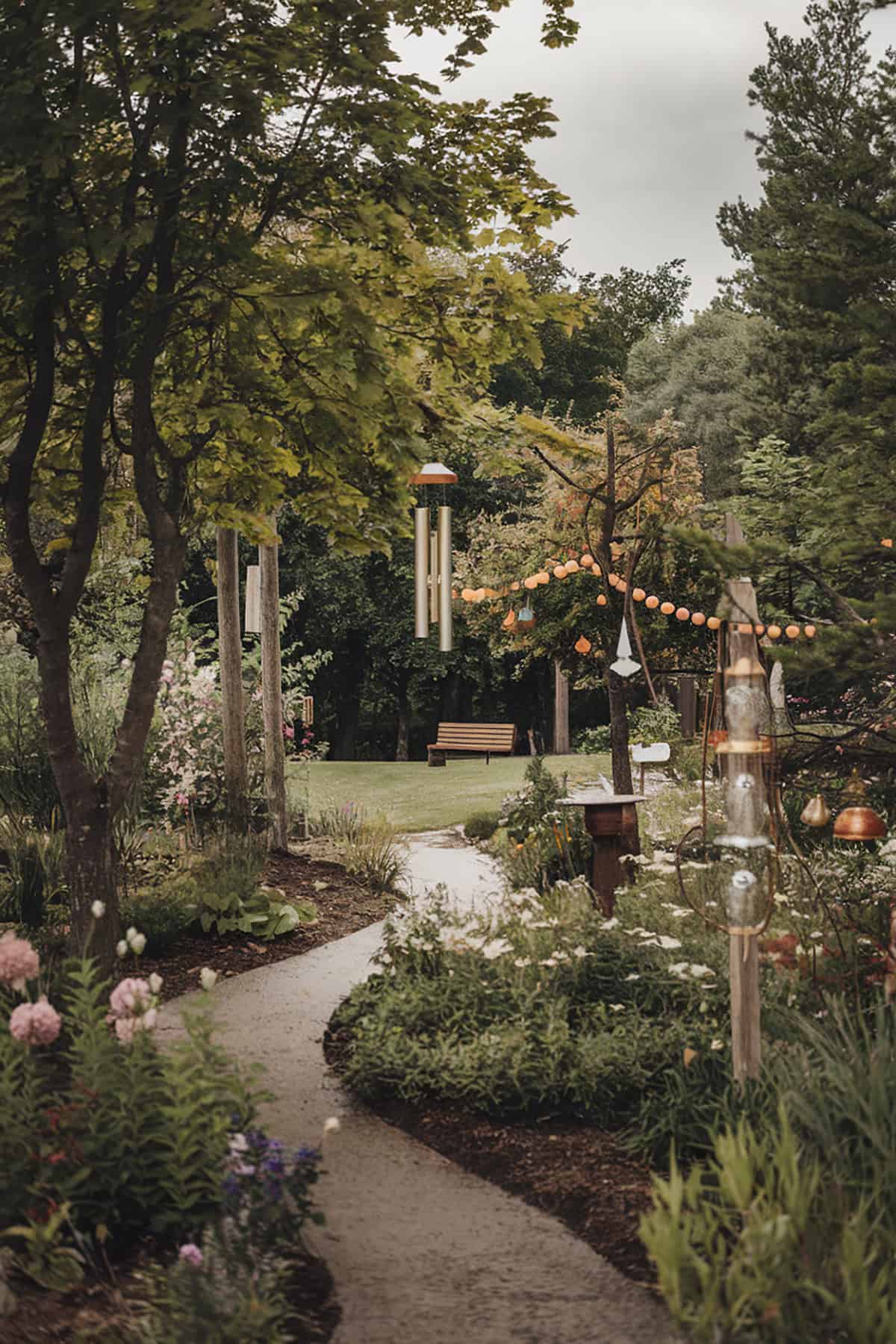
Add wind chimes or ornaments for auditory and visual interest. Select styles that meld with the woodland theme.
Chimes offer relaxing sounds, enhancing the peaceful setting. Ornaments introduce artistic flair, subtly placed amongst plants.
Use with restraint to avoid disrupting atmosphere. They personalize and enliven your garden, creating a multi-sensory experience.
